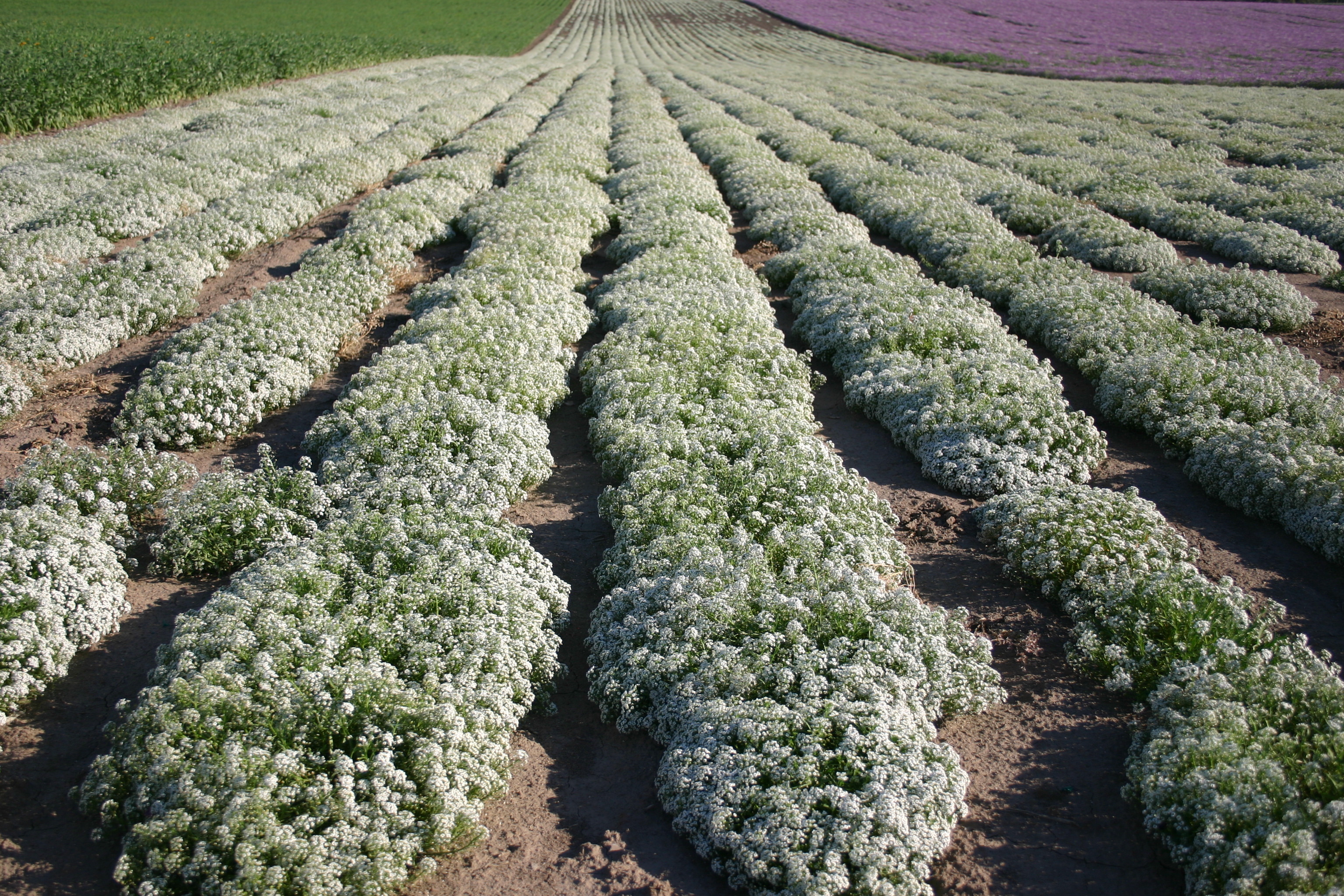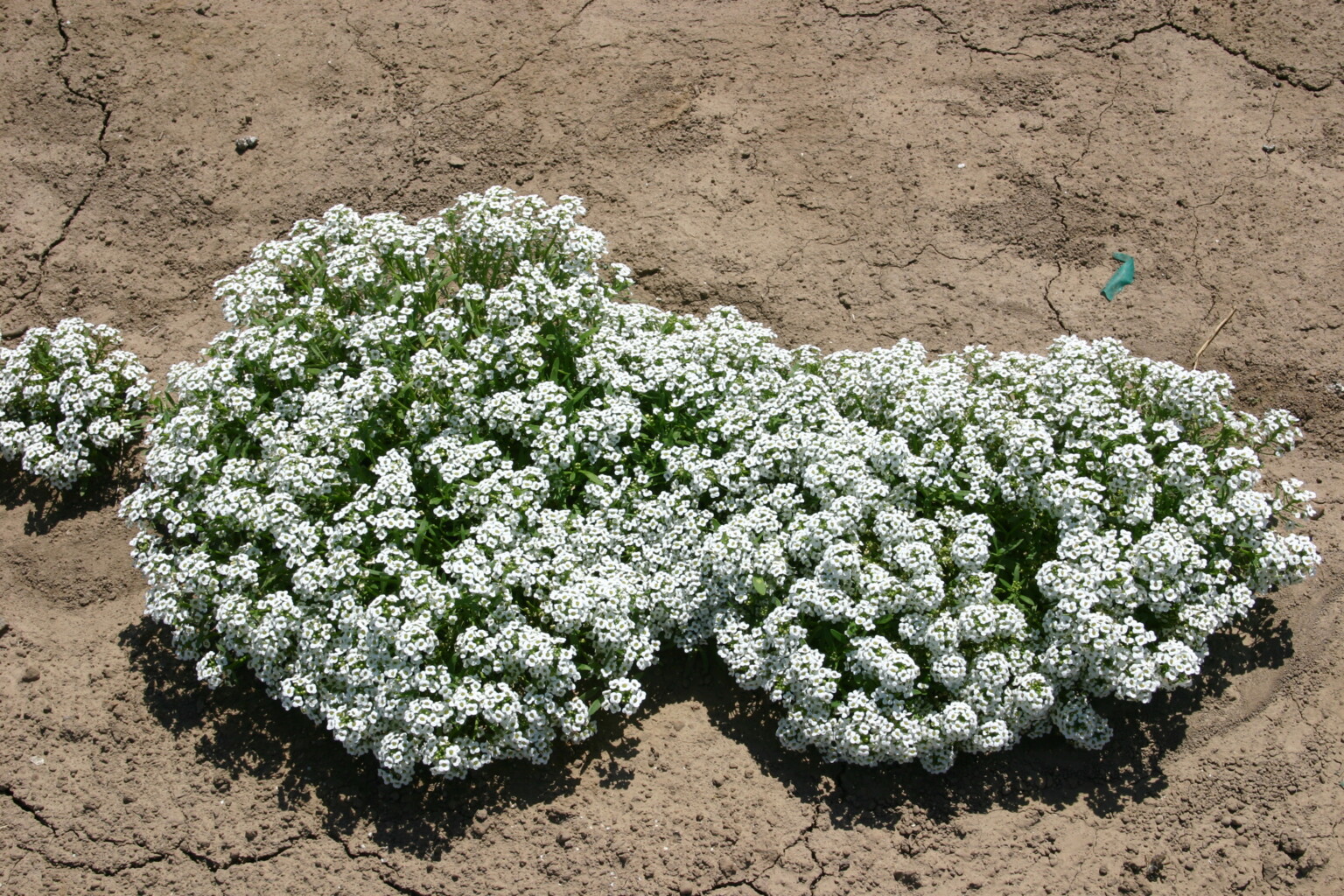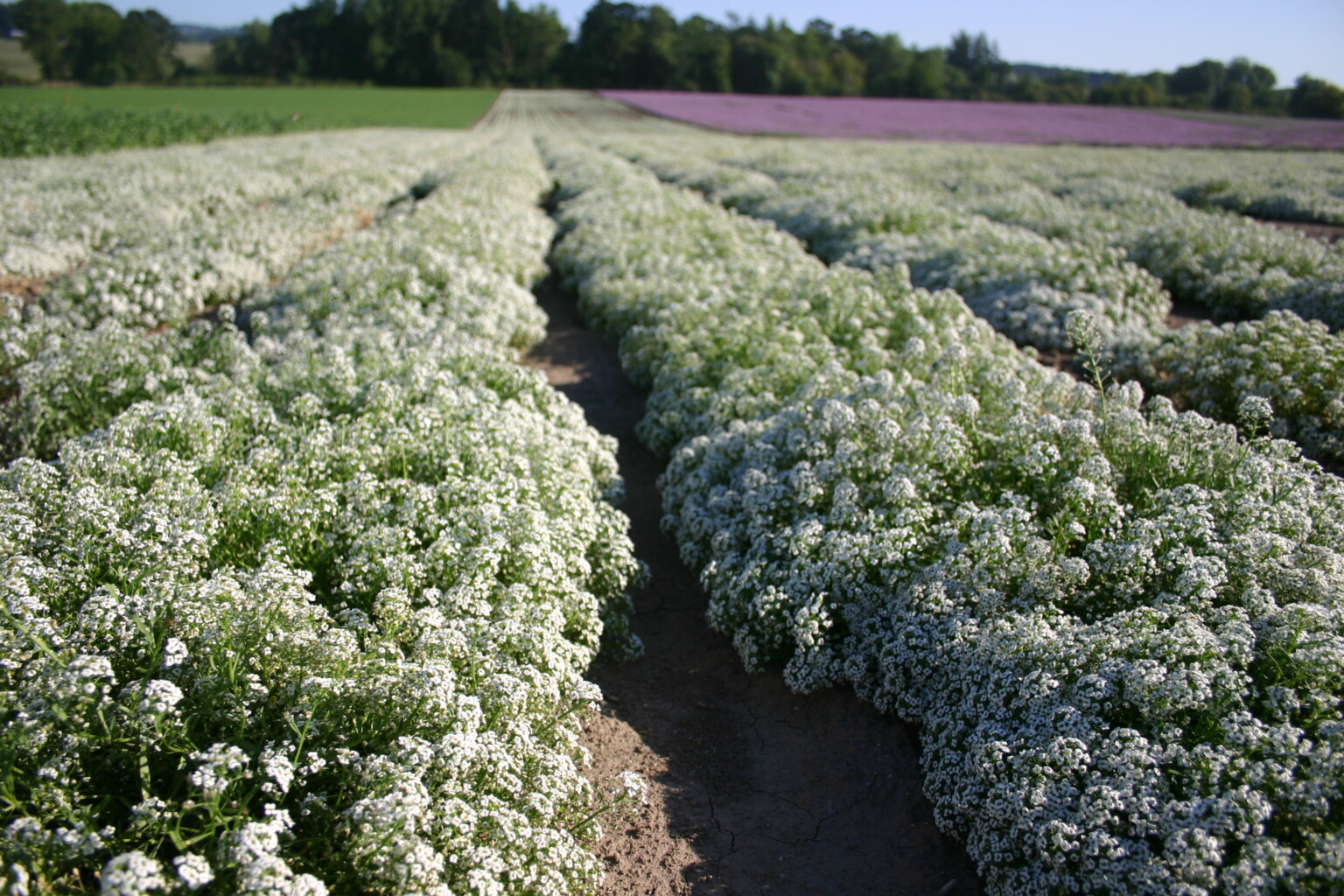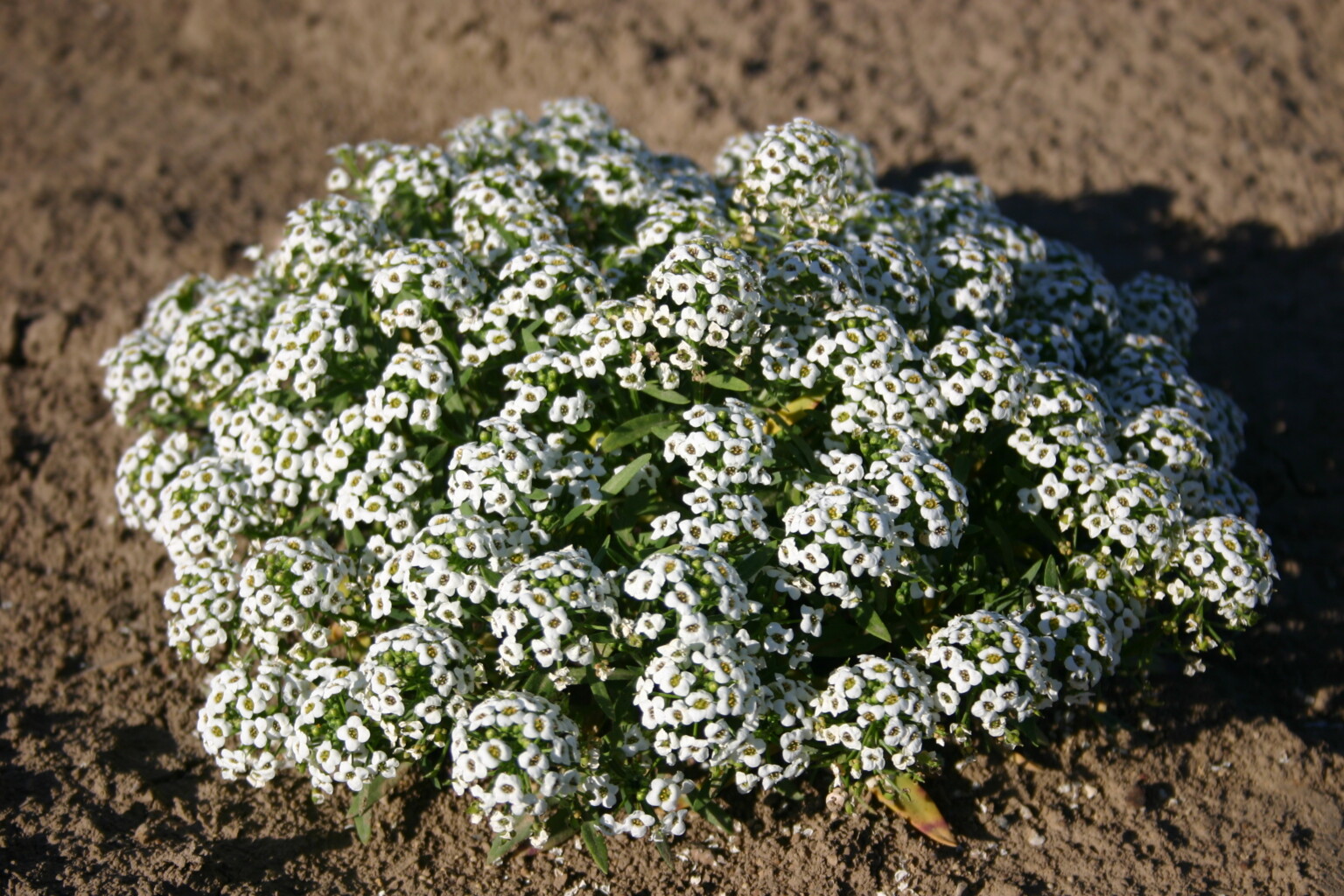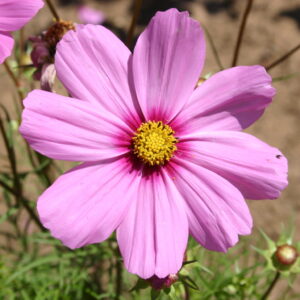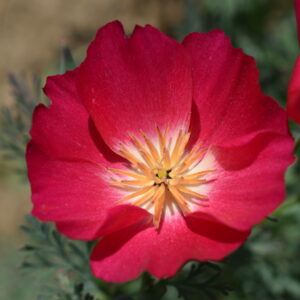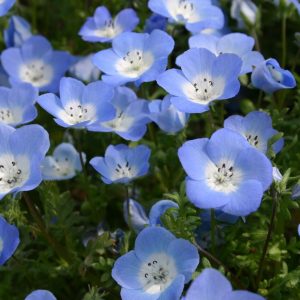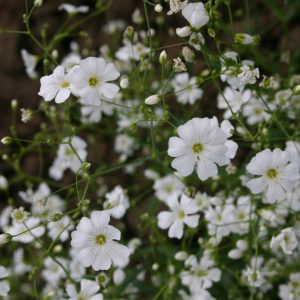Alyssum – Sweet Carpet of Snow
$2.50 – $54.00Price range: $2.50 through $54.00
Alyssum ‘Sweet Carpet of Snow’ is a compact, low-growing variety of Sweet Alyssum known for its dense mat of tiny, fragrant white flowers that resemble a blanket of freshly fallen snow. Growing just 3 to 6 inches tall and spreading 10 to 12 inches wide, this charming plant makes an excellent choice for edging garden beds, softening pathways, filling in rock gardens, or cascading from hanging baskets and containers.
Native to southern Europe, and also referred to as Sweet Alice, this variety thrives in most home gardens and is well-loved for its delicate appearance and sweet, honey-like scent. It blooms continuously from spring through fall in cooler climates, and in warmer regions, it often performs best when planted in fall. In zones with mild winters (USDA zones 9 to 11), it may even behave as a short-lived perennial.
Sweet Alyssum grows best in full sun but tolerates partial shade, particularly in hotter areas. It prefers fertile, moist, and well-drained soil and will reward gardeners with a long blooming season when watered regularly, though it can handle some drought once established. It’s also one of the easiest flowers to grow from seed, making it a great option for both novice and experienced gardeners. Seeds can be sown directly outdoors after the last frost in spring, or started indoors 4 to 6 weeks early and transplanted once the weather warms up. In the southern United States and other warm climates, fall sowing is often ideal to avoid summer heat stress.
To keep the plant looking its best and to encourage continued flowering, it’s helpful to trim back spent blooms or lightly shear the plant once the initial flush has faded. This simple maintenance encourages fresh growth and often results in another wave of blooms. Sweet Alyssum is also beloved by pollinators, making it a wonderful addition to pollinator-friendly and companion planting schemes.
Delightfully fragrant, easy to grow, and versatile in the garden, Alyssum ‘Sweet Carpet of Snow’ adds soft elegance and continuous color to a wide range of landscapes with minimal care.
SPECIAL NOTE: While generally not considered invasive, it’s worth noting that Alyssum has shown signs of invasiveness in certain parts of Northern California. For that reason, it’s always wise to consult your local Department of Agriculture or cooperative extension service if you’re unsure about planting this variety in your region.
The broadcast rate for seeding is 4 – 5 pounds per acre.
The seed drill rate for seeding in rows is 2 pounds per acre.
| Purchasing Options | Price | Quantity | |
|---|---|---|---|
| Small Packet | $2.50 | ||
Covers approximately: |
|||
| 10 Gram | $3.00 | ||
Covers approximately: |
|||
| 1/8 Pound | $12.00 | ||
Covers approximately: |
|||
| 1 Pound | $54.00 | ||
Covers approximately: |
|||
| Scientific Name | Lobularia maritima |
|---|---|
| Product Type | Flower |
| USDA Zone | 5 to 9 |
| Cycle | Annual |
| Color | White |
| Height | 3-6" |
| Light Requirement | Full Sun, Part Sun/Shade |
| Germination Time | 15-20 days |
| Weeks to Bloom | 5 to 6 weeks |
| Origin | Introduced species |
| Planting Season | Spring, Fall |
| Bloom Season | Spring, Summer, Fall |
| Seeding Rate (lb./acre) | 2 |
| Seeds Per Pound | 1,270,000 |
| Pollen/Nectar | Nectar, Pollen |
| Pollinator(s) | Bats, Birds, Butterflies, Honey Bees, Native Bees |
| Notes | In the warmer climates of the southern United States, this flower should be fall planted |
Related products
-
Cosmos – Bipinnatus Dwarf Pink with Red Center
Flower, Annual$2.50 – $66.00Price range: $2.50 through $66.00


